Key Principles of Quality Facade Design
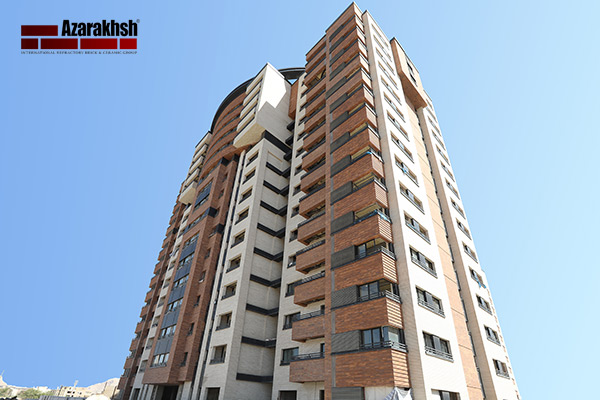
The building façade is the outer skin of a structure, reflecting its personality, identity, and architectural language. It is the very first element that captures attention when encountering a building. As one of the most important stages in construction, façade design plays a critical role in both aesthetics and functionality.
Generally, a façade can be divided into two main components:
- Surfaces – including open and closed areas
- Dividers – horizontal and vertical separators
By understanding the fundamental elements of façades, architects and designers can apply essential principles that ensure both beauty and durability.
Key Elements of Façade Design
- Entrance
The entrance serves as the transitional space between public and private realms. Traditionally known as Hashti in Persian architecture, it is the first point of contact for visitors. A well-designed entrance should be inviting, functional, and reflective of the building’s overall identity.Components of an entrance include:-Inviting space – encouraging people to enter the building
-Distributive space – directing users toward different areas
-Guiding space – leading individuals to specific destinations
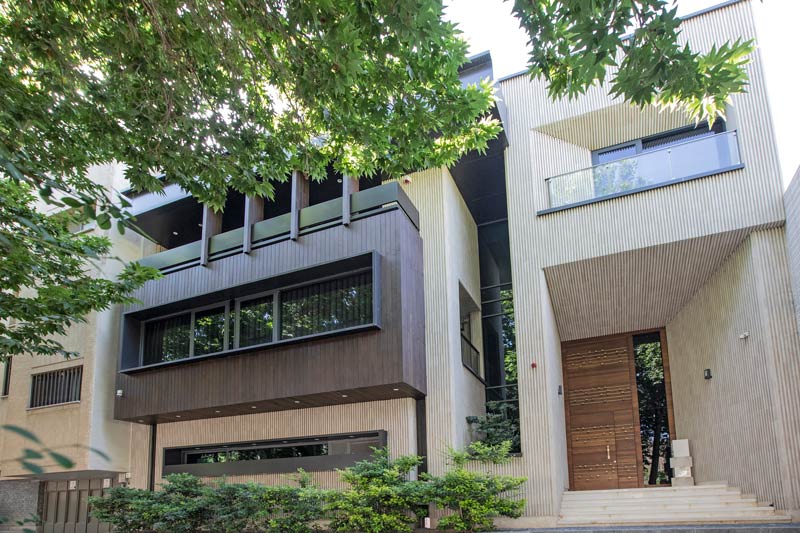
- Projections
Façade projections, or volumetric variations, add depth and visual dynamism. They may serve aesthetic, structural, or climatic purposes. - Roof (Fifth Façade)
Beyond the four vertical sides, the roof also acts as a “fifth façade.” Historically, domes and shading elements in traditional architecture highlight the cultural and functional importance of this layer. - Skyline
The skyline defines the upper edge of the façade where the structure meets the sky. It frames the building silhouette and plays a major role in the cityscape. - Openings
Windows and other openings provide light, ventilation, and connection between inside and outside. Proper material selection and placement are crucial for both efficiency and safety.
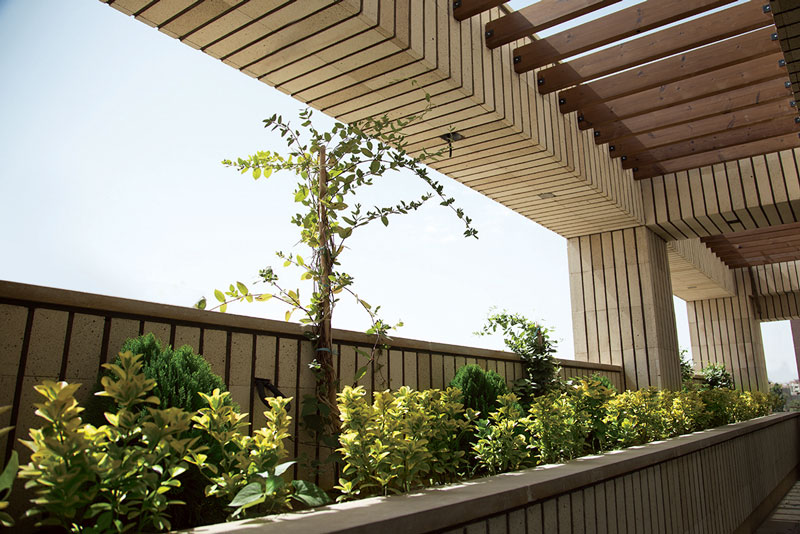
Important Factors in Façade Design
Several contextual factors must be considered before designing:
- Building function (residential, commercial, cultural, etc.)
- Climate and environmental conditions
- Urban fabric and neighborhood context
- Distance from adjacent buildings
- Number of floors
- Viewing angles from streets and alleys
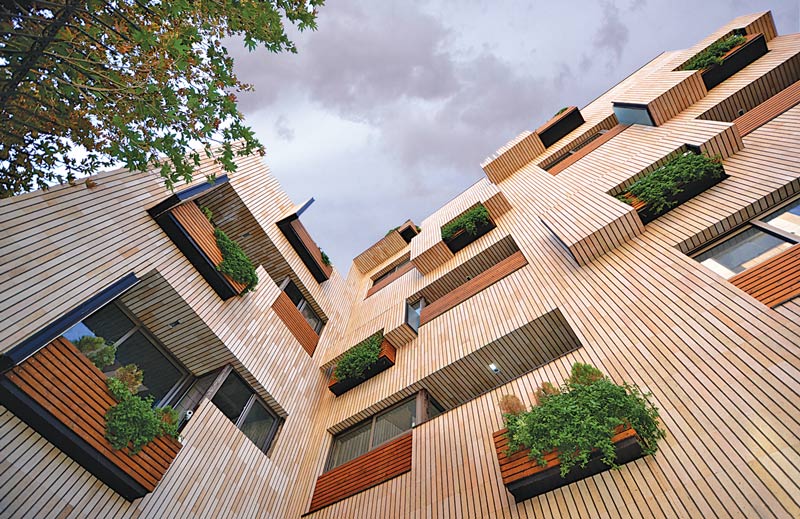
For instance, large glass windows may not be suitable for cold climates due to energy loss, while a commercial façade requires a different language compared to a residential one.
Principles of Quality Façade Design
Scale
Two dimensions of scale are important:
- Human scale—perception of details up close
- Urban scale—perception of the building within the cityscape
Rhythm and Unity
Repetition of design elements creates order and visual harmony, preventing randomness.
Cultural Identity
Façades should resonate with local culture and heritage. For example, brick façades in Iran echo traditional architecture while maintaining modern relevance.
Proportion
Geometric ratios ensure balance between width, height, and building mass.
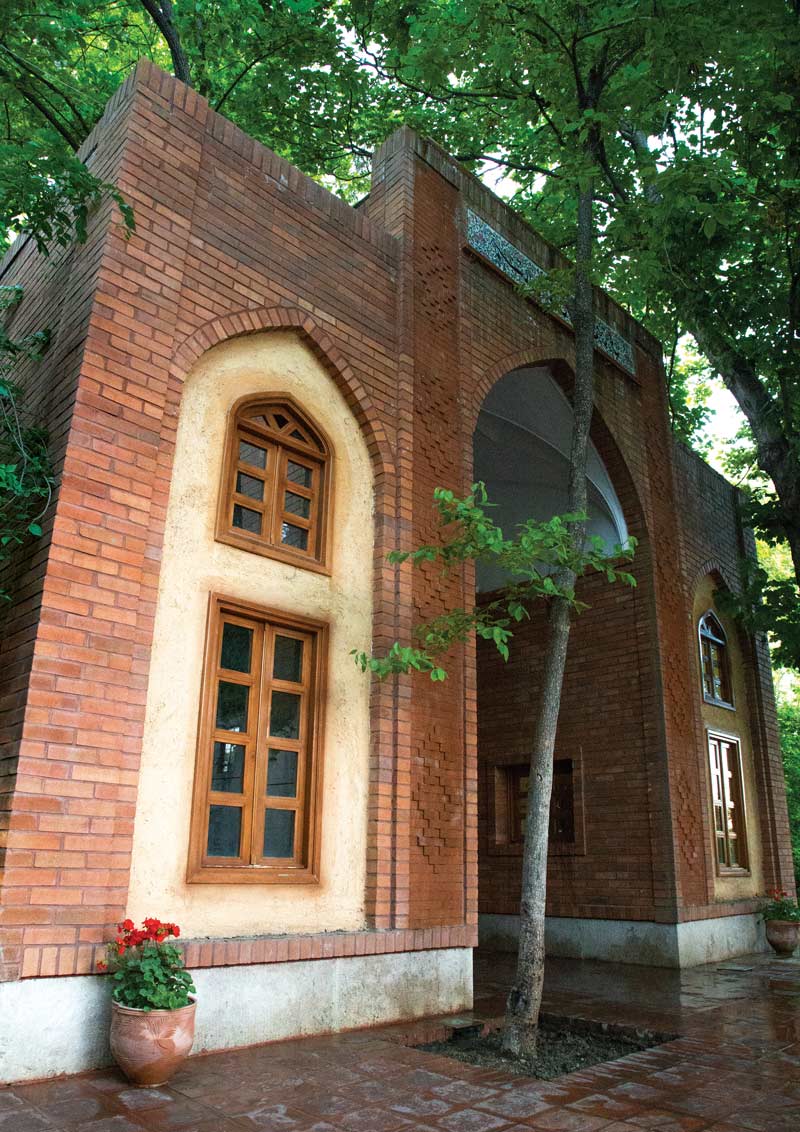
Visual Transparency
Proper window design enables connection between interior and exterior while ensuring privacy and energy efficiency.
Material Selection
Durability, safety, and environmental compatibility are key. Recommendations include:
- Use of high-quality, washable, and durable materials
- Preference for local materials (vernacular approach)
- Avoidance of fragile or unsafe elements at lower levels
- Limiting the number of material types to maintain coherence
Simplicity
Less is more. Avoid excessive variety in materials or decorative elements to prevent visual clutter.
Color Harmony
Colors must complement each other and correspond with the surrounding urban context. Strong, unconventional colors often disrupt harmony.
Lighting
Façade lighting enhances architectural features at night. It should be purposeful, highlighting key design elements without overwhelming the composition.
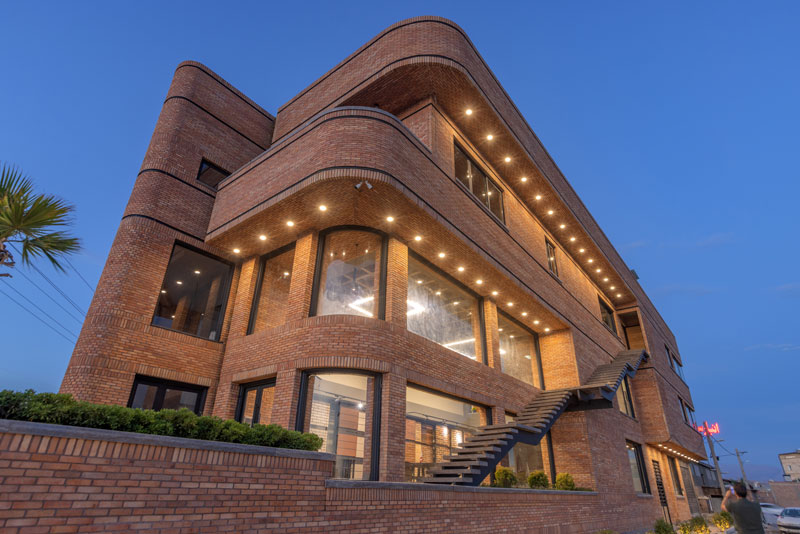
Tools and Software for Façade Design
Modern façade design is supported by powerful digital tools, such as:
- Lumion 3D & Lumion LiveSync
- SketchUp
- 3ds Max
- Virtual Architect
- Revit
- V-Ray
- Cedreo, Hover, and others
These tools help visualize ideas, simulate lighting and materials, and ensure design accuracy.
Conclusion
A well-designed façade is both aesthetically pleasing and sustainable over time. By following principles such as scale, rhythm, cultural relevance, proportion, transparency, material quality, simplicity, color harmony, and lighting, architects can create façades that enrich both the building and the urban environment.
Brick remains one of the most effective façade materials, combining durability, cultural authenticity, and beauty. Companies such as Azarakhsh, by producing high-quality refractory bricks, contribute to reviving authentic Iranian brick architecture while offering solutions for modern needs.






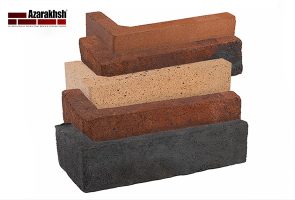
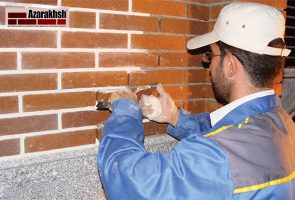
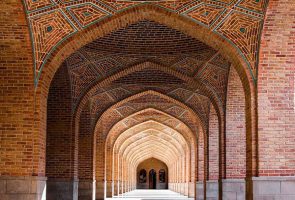
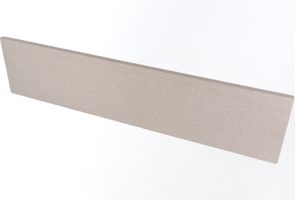
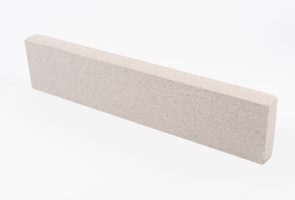
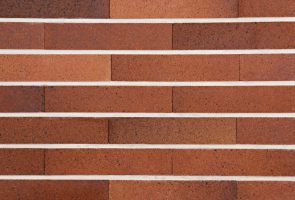

Comments
Your feedback is important to us. Please share comments or ask questions you haven’t found the answer to yet.